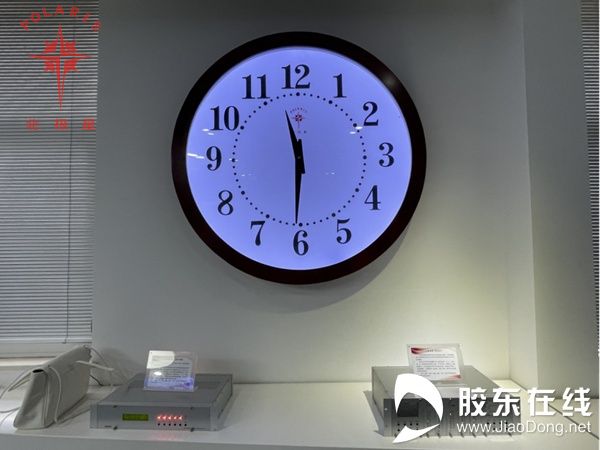Label:Yantai,North,Star,Beijing,Winter,Olympics
Polaris smart clock system provides timing for Beijing Winter Olympics

The main function of the Polaris smart clock system is to provide a unified standard time for event timing and scoring, video recording, security, office work, and related intelligent equipment. More than 500 Polaris clocks have been installed in the National Alpine Skiing Center, the National Bobsleigh and Luge Center, and the Ice Hockey Stadium. All participants and trainees can see when they look up is the unified standard "Polaris" time from Yantai. Yang Jiaye, chief technical engineer of Yantai Clock and Watch Research Institute Co., Ltd., introduced that the clock system can ensure the normal operation of the clock in the face of changes in indoor and outdoor temperature differences in the Winter Olympics venues and any emergencies. "The application of technical algorithms such as redundant hot standby and step-by-step double verification of the entire system can effectively deal with errors and failures caused by various factors."

He added that in order to ensure the stable operation of the equipment under various conditions, all Polaris clocks have passed the high and low temperature aging test of -30℃-70℃. In addition, the system uses a highly stable tamed constant temperature crystal oscillator, and the clock terminal uses a temperature compensated crystal oscillator. The crystal constant temperature tank or compensation capacitor array effectively copes with the influence of temperature on the clock accuracy. All clock devices are equipped with high-precision clock chips, so that the system has an accurate time regardless of whether the terminal is offline or online.

The Polaris smart clock system is not only used in the Winter Olympics venues, but also in the Beijing-Zhangjiakou High-speed Railway, a key transportation support project for the Winter Olympics. It is understood that the Beijing-Zhangjiakou High-speed Railway was opened on December 30, 2019. The Polaris clock system used in the project provides time 24 hours a day, and also makes corresponding appearance designs based on the humanistic and geographical characteristics of each station, achieving "one station, one scene". Nowadays, when you enter the Taizicheng Station, Beijing North Station, Badaling Great Wall Station, Zhangjiakou Station and other high-speed railway stations of the Beijing-Zhangjiakou High-speed Railway, you can see the Polaris clock system that is highly integrated with "one station, one scene" and "100 years of Beijing-Zhangjiakou" everywhere.

Yantai Watch Research Institute Co., Ltd., located at No. A28, Liandong U Valley, No. 36, Jingsan Road, Yantai High-tech Zone, was founded in 1975. It is the technology development center of Yantai Polaris State-owned Holding Co., Ltd., my country's first special technical clock research and development base, a nationally recognized high-tech enterprise, a technology-based small and medium-sized enterprise, and the Yantai Ethernet Ship Time Control System Engineering Research Center.

As we all know, Polaris was founded in 1915. It is a time-honored Chinese brand and a famous Chinese brand. It has a history of a hundred years, rich heritage and many honors. The long history, well-known brand, and pioneering spirit have made the institute a shining star in the Polaris technology sector and an excellent representative of the integration of traditional brands into modern technology. Yantai Clock and Watch Research Institute Co., Ltd. has strong independent research and development capabilities and achievement transformation capabilities. In the process of development, it has always focused on the cultivation of independent innovation and continuously committed to the innovation and breakthrough of cutting-edge time technology. The company has excellent technology, market, manufacturing, and management teams, and a complete research and development production system. The time synchronization system (large area time system) is the first automatic control time system successfully developed by the institute in China in 1996. It is the first in China and has replaced imports.






 鲁公网安备 37060202000523号
鲁公网安备 37060202000523号 